Crypto-Backed Fiat Currencies: Sci Fi or Missing Link? Expert Take
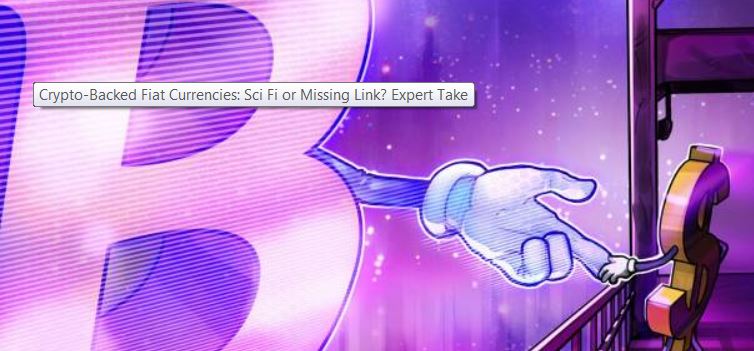
Since 1971 and the end of the gold standard, fiat currencies have ruled the world. Economies learned how to use and abuse the fiat currency system and central banks have not shied away from using the printing press extensively. Before 1971 central banks had to own large reserves of gold – or the closest proxy, i.e. the US Dollar – as currencies were pegged to a certain quantity of gold. One of the arguments to abolish the gold standard was that economic growth was constrained by the inability of central banks to increase the money supply and create credit. So the gold standard was abolished.
Yet, even to this day large quantities of gold remain owned by central banks around the world. Central banks around the world collectively own 33,000 tonnes of gold, or the equivalent of 1.6 trillion US dollars. Ironically, while these central banks own gold as a store of value to defend their currency should their currencies be under attack, most of these central banks do not have access to their own gold. Indeed, most of the gold owned by central banks is usually stored in the US or in the UK, mostly for historical reasons and because it is rather complicated to move it. Interestingly, in the past 5 years central banks have started repatriating their gold to regain control over what is theirs.
In the past ten years, central banks have greatly expanded the range of assets they can own way beyond just gold and other fiat currencies. They have implemented quantitative easing policies with the objective of stimulating the economy. These policies led them to acquire trillions of dollars of sovereign bonds, corporate bonds, and more surprisingly stocks. As a result of this large balance sheet expansion, the Bank of Japan has become of the largest shareholder of Japanese companies while the Swiss National Bank recorded profits of $55 bln in 2017 on the back of rising global stock prices.
One asset class that central banks are yet to add to their portfolios is cryptocurrencies. While it is unlikely that governments will relinquish their fiat currencies and give up the power it gives them, one way through which the cryptocurrency and the fiat currency worlds could intersect would be through the purchase by central banks of cryptocurrencies such as Bitcoin. They could use cryptocurrencies as a store of value just like they do with gold, but the value proposition offered by cryptocurrencies is very different.
A transparent system
When one wants to assess the reserves of a central bank, one has to trust what the central bank says their reserves are. Central banks themselves have to trust that the gold that is stored in a vault in New York or London exists and that they would be able to recover it should they need to. This means that many parties have to be trusted when reviewing central bank reserves. On the other hand, there is a relatively new asset class that is perfect to own and disclose holdings in a trustless and transparent manner: cryptocurrencies.
If one central bank decided to start investing in Bitcoin for example, it could publish the address of its wallet and everyone could see how many BTC it owns. These BTC could subsequently be used to stabilize the currency just like central banks currently do with gold and other fiat currencies. This central bank’s fiat currency would effectively be partially backed by a cryptocurrency.
Owning such large quantities of Bitcoin would mean that whoever controls the private key to this wallet would undoubtedly be either targeted by criminals or tempted to steal the BTC, but there are ways around that. While third party companies could act as custodians of the BTC owned by central banks, that would mean once again going back to the old system in which it is necessary to trust a third party to store an asset. One way to ensure that no one has the ability to single handedly steal the BTC belonging to the central bank would be to store them in a MultiSig wallet. Each outbound transaction would have to be signed by the governor of the central bank, the minister of finance and potentially an external party such as the Bank of International Settlements of the International Monetary Fund. To prove that the central bank has access to the BTC in the wallet it claims it controls, it could periodically initiate a small transaction or send a signed message to the Bitcoin blockchain. This way everyone could see 1) the number of BTC in the central bank’s wallet and 2) that the central bank has control over its wallet.
A bet on the future
Cryptocurrencies are still very volatile despite having increased significantly in value over the past 12 months. They are volatile because they are still in their infancy and investors are constantly trying to figure out what are the odds of them being successful. Assuming Bitcoin’s comparables are gold and the US Dollar, the probability of success of Bitcoin is currently priced between one and two percent (Bitcoin market capitalization divided by the value of all the gold ever mined or divided by the US Dollar M2 money supply).
Assuming Bitcoin has a one percent chance of being successful at becoming a global currency or a global store of value, it would not be absurd to consider investing one percent of a given central bank’s foreign exchange reserves like it was proposed by a prominent banker in Ghana a few months ago.
It is unlikely that cryptocurrencies will entirely replace fiat currencies – just like email did not entirely replace regular mail – but the two forms of currencies will have to learn to co-exist and live together. The cryptocurrency genie is out of the bottle and there is no way to put it back in. Central banks investing in cryptocurrencies could be a first step to build a bridge between the two worlds.
The views and interpretations in this article are those of the author and do not necessarily represent the views of Cointelegraph.com and the World Bank.
Vincent Launay is a finance specialist at the World Bank in Washington DC. He holds an MSc in Finance from HEC Paris and a CFA charter.


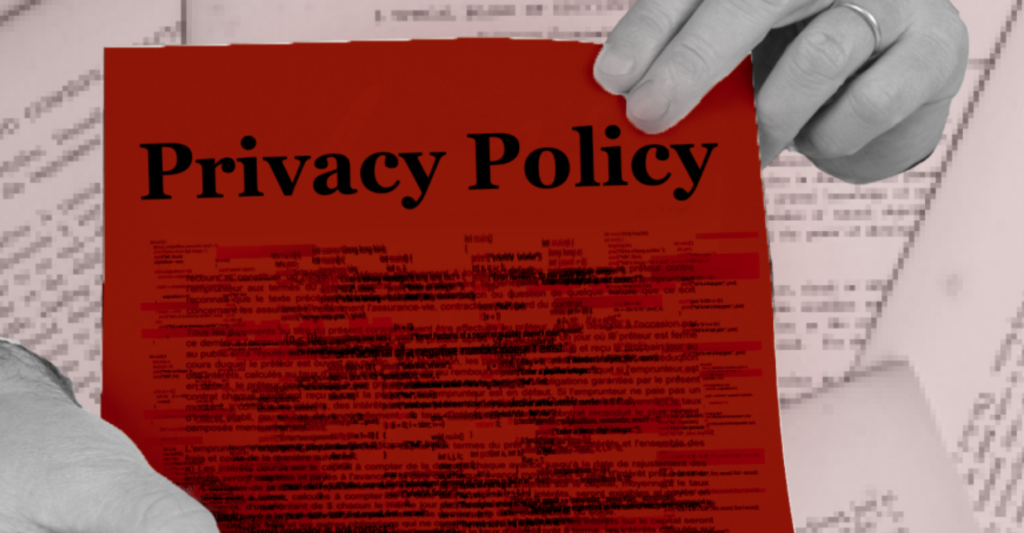
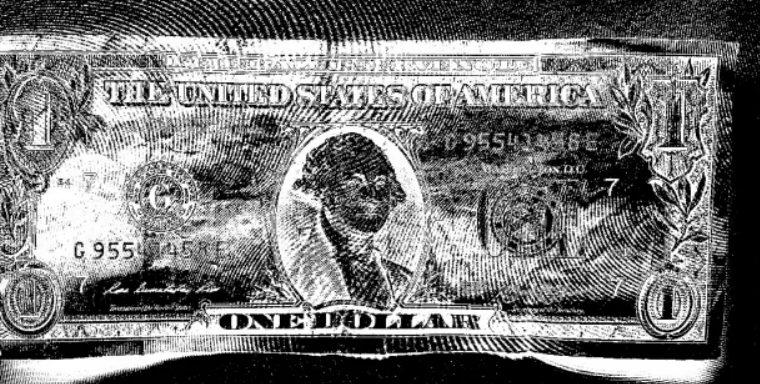


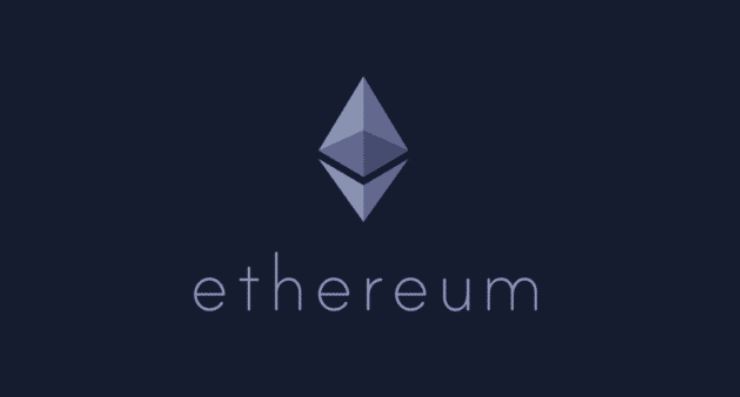




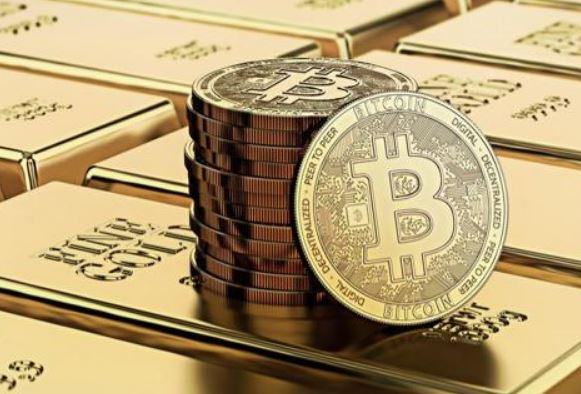
Responses